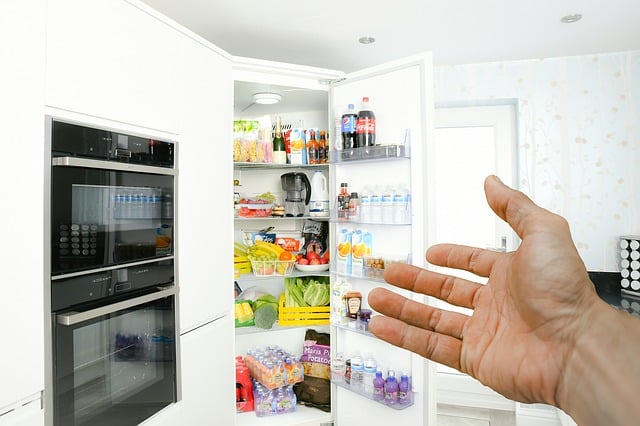When it comes to shipping a refrigerator, there are a few key things to keep in mind to ensure that it arrives at its destination safely and without any costly damage. Refrigerators are heavy, bulky, and often fragile appliances, and they require careful handling and packaging to prevent damage during transit.
Here are some tips to help you safely ship a refrigerator and avoid costly damage:
Clean and empty the refrigerator
Before you start packing the refrigerator, make sure it is thoroughly cleaned and emptied of all food and drink items. This will help prevent spills and leaks during transit and ensure that the fridge is not carrying any excess weight that could make it more difficult to handle and transport.
Disconnect and defrost the refrigerator
Next, you’ll need to disconnect and defrost the refrigerator. This involves unplugging it from the wall and disconnecting any water lines or hoses. And allowing the fridge to defrost completely before packing it. This can take several hours or even a full day, so be sure to plan ahead. And give yourself enough time to complete this step.
Secure any loose parts
Once the refrigerator is empty and defrosted, it’s time to secure any loose parts that could be damaged during shipping. This includes things like shelves, drawers, and doors. You can use packing tape or bubble wrap to hold these parts securely in place, but be careful not to apply too much pressure or you could damage them.
Wrap the refrigerator in protective material
The next step is to wrap the refrigerator in protective material to prevent scratches and dings. And other types of damage during transit. Bubble wrap is a popular choice for this, as it provides excellent cushioning and protection. But you could also use blankets, towels, or even cardboard if necessary.
Use a sturdy shipping container
When it comes to shipping a refrigerator, you’ll need a sturdy container that can withstand the weight and bulk of the appliance. A wooden crate or a heavy-duty cardboard box that is specifically designed for shipping appliances are good options. Make sure the container is large enough to accommodate the refrigerator and any necessary padding or cushioning materials.
Secure the refrigerator in the container
Once the refrigerator is inside the container, you’ll need to secure it in place to prevent it from shifting or moving during transit. Use straps, ropes, or packing tape to hold the fridge securely in place. And add additional padding or cushioning materials as needed to prevent any movement or shifting.
Label the container
Finally, be sure to label the container clearly with the words “fragile” and “this side up” to ensure that it is handled with care during shipping. You can also include any special instructions. Or warnings for the shipping company to follow, such as instructions for handling the refrigerator or any specific delivery instructions.
By following these tips, you can safely ship a refrigerator and avoid costly damage. Remember to take your time, plan ahead, and use plenty of protective materials to ensure that your appliance arrives at its destination in the same condition it was in when you packed it up.
Conclusion
Refrigerator shipping can be a daunting task, but with proper preparation and the right materials, you can ensure that your appliance arrives safely and without any damage. Taking the time to clean and empty the refrigerator, disconnect and defrost it. And secure any loose parts are essential steps in the packing process. Wrapping the fridge in protective material, using a sturdy shipping container. And securing it in place is also a critical step to prevent damage during transit. Finally, labeling the container with “fragile” and “this side up” instructions can help ensure that the appliance is handled with care throughout the shipping process. By following these tips, you can ship your refrigerator safely and with peace of mind.







